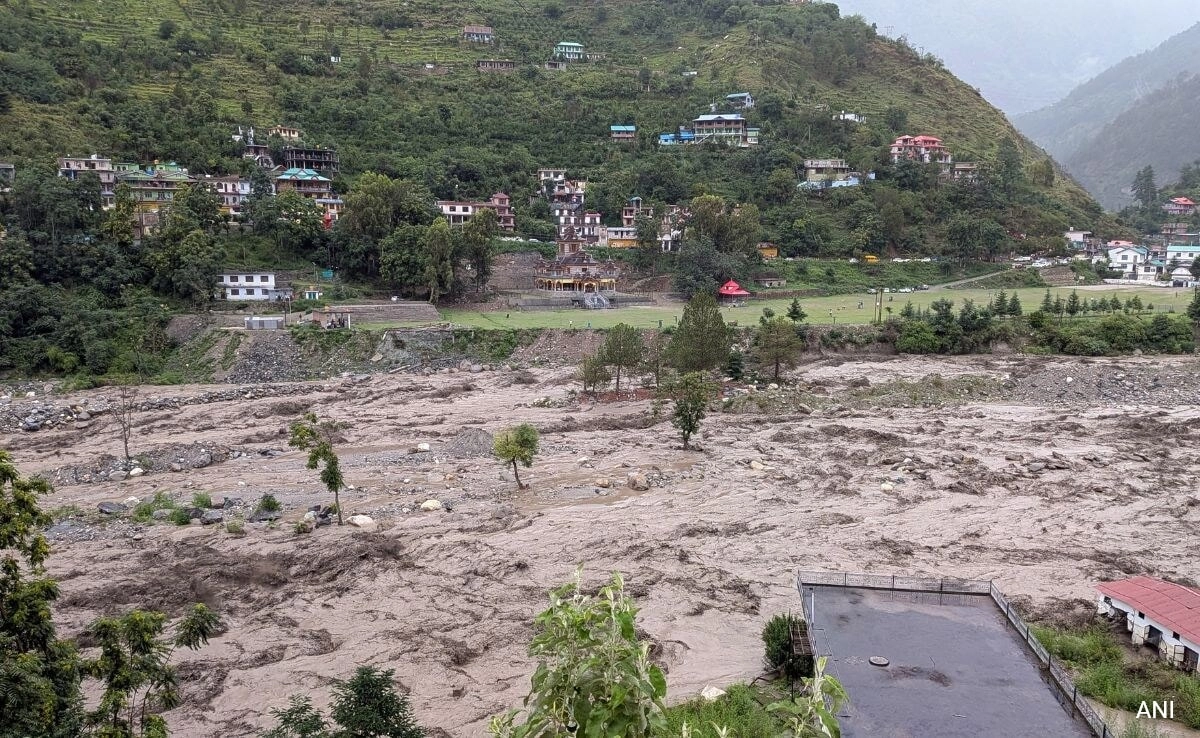The Supreme Court of India has raised an alarming concern regarding the environmental degradation and rampant deforestation in Himachal Pradesh, suggesting that the state could potentially vanish from the country’s map if immediate measures are not taken to address these critical issues. This statement underscores a growing apprehension about the ecological balance in the region, where development projects and unregulated tourism are taking a toll on its fragile ecosystem. The court’s remarks serve as a wake-up call for policymakers, urging them to adopt sustainable practices that will protect the natural beauty and biodiversity of Himachal Pradesh.
Himachal Pradesh, known for its stunning landscapes and rich biodiversity, has been facing unprecedented challenges due to climate change, illegal mining, and construction activities that disrupt the natural habitat. The Supreme Court’s warning highlights the urgent need for a comprehensive approach to environmental conservation that includes stringent regulations on land use, a halt to illegal activities, and the promotion of eco-friendly tourism. As the state grapples with these environmental threats, the role of local communities becomes increasingly vital. Their involvement in conservation efforts can lead to more sustainable practices that align with the region’s ecological needs.
Furthermore, the judiciary’s intervention emphasizes the importance of balancing development with environmental preservation. The potential disappearance of Himachal Pradesh from the country’s map is not just a hypothetical scenario but a stark reminder of the consequences of neglecting environmental stewardship. It calls for collaborative efforts among government agencies, non-governmental organizations, and local populations to create a sustainable framework that prioritizes ecological health alongside economic growth. Without such collective action, the rich heritage and natural beauty of Himachal Pradesh could face irrevocable loss, marking a significant blow to both the state and the nation.
In conclusion, the Supreme Court’s statement serves as a crucial reminder of the pressing need for environmental awareness and proactive measures in Himachal Pradesh. The path forward requires a commitment to preserving the state’s unique ecological identity while ensuring that development efforts do not compromise its natural resources. As stakeholders come together to address these challenges, it is imperative that they recognize the intrinsic value of Himachal Pradesh not only as a geographical entity but as an irreplaceable part of India’s environmental and cultural landscape.




